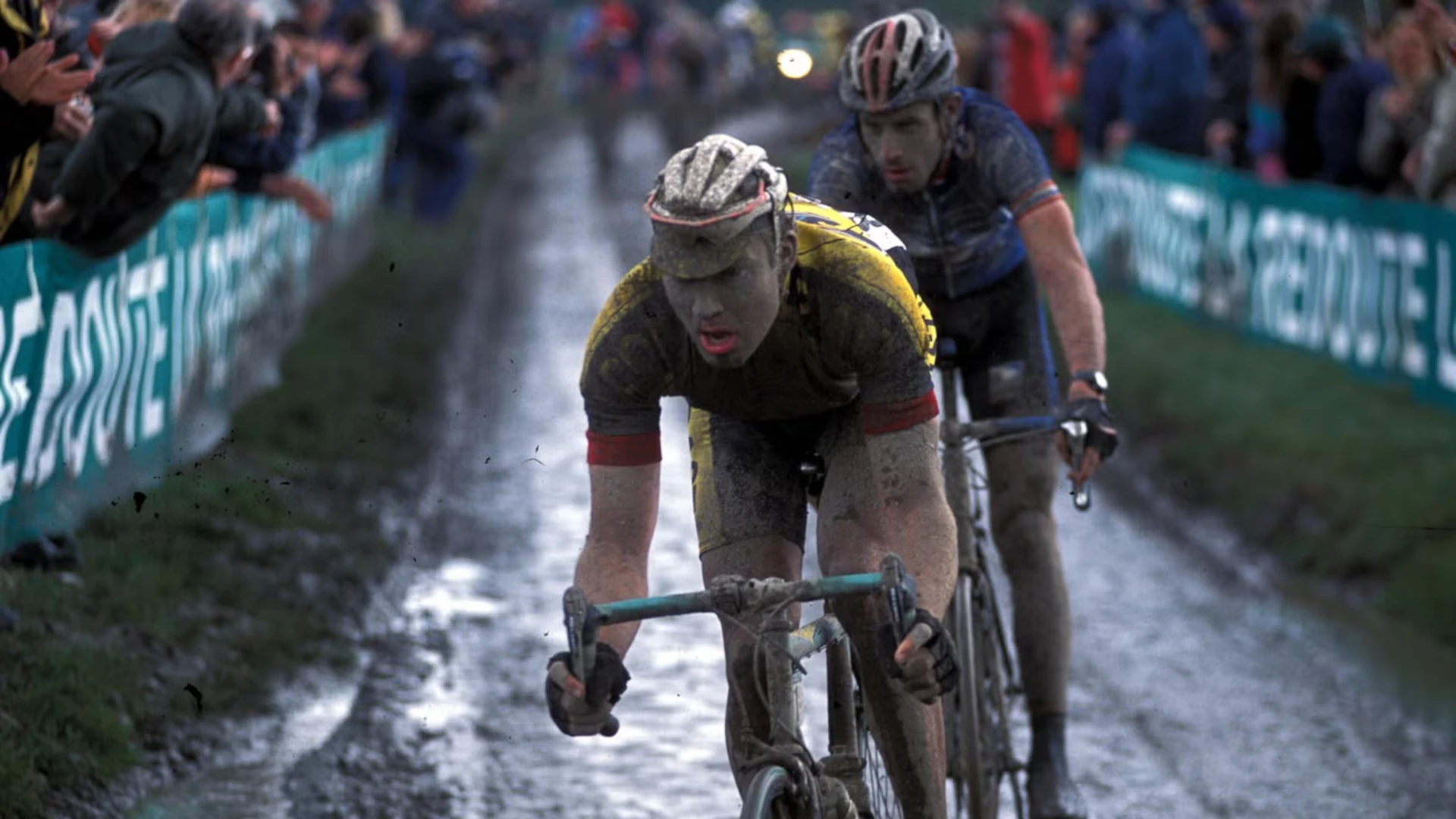Paris-Roubaix: History, Heroes, and Hell of the North Glory

Intro
Paris-Roubaix is not just a race—it’s a battlefield of cobblestones, dust, mud, and sheer willpower. Nicknamed “The Hell of the North”, this one-day classic is one of the toughest tests in all cycling. Whether you’re a fan of Grand Tours or hardcore spring classics, Paris-Roubaix has a mythology like no other.
A Brief History of Paris-Roubaix
First held in 1896, Paris-Roubaix was created to promote a new velodrome in Roubaix. Since then, it has become one of cycling’s five Monuments, alongside Milan-San Remo, Tour of Flanders, Liège–Bastogne–Liège, and Il Lombardia.
The race is infamous for its pavé (cobblestone) sectors, especially brutal sections like the Trouée d’Arenberg, Mons-en-Pévèle, and the Carrefour de l’Arbre. Riders face over 50 kilometres of cobbles, often in miserable weather, before finishing in the legendary Roubaix Velodrome.
Greatest Moments in Paris-Roubaix History
1976: De Vlaeminck’s DominanceRoger De Vlaeminck, known as “Monsieur Paris-Roubaix,” won his fourth Roubaix, showcasing mastery over chaos.
1985: Marc Madiot’s Emotional win, a tearful victory that marked the rise of French grit in the cobbled classics.
2002: Johan Museeuw’s comeback after a near career-ending injury, Museeuw returned to win his third Paris-Roubaix.
2016: Mathew Hayman’s shock win at 37 years old, Hayman, coming back from injury and riding from the breakaway, stunned pre-race favourite Tom Boonen in a sprint.
Fun Facts About Paris-Roubaix
The cobbles are so rough that the route is scouted months in advance.
There’s a dedicated cobblestone conservator who maintains the pavé.
Riders often finish coated in dust or mud depending on the weather, adding to the epic visual drama.
The winner receives a golden cobblestone trophy.
Tour de France Winners Who Also Conquered Roubaix
Only two riders in history have won both the Tour de France and Paris-Roubaix, a rare double due to the races’ vastly different demands:
Bernard Hinault:
- Tour de France (5x): 1978, 1979, 1981, 1982, 1985
- Paris-Roubaix: 1981
- He famously called the race “a barbarity”… and still won it.
Louison Bobet:
- Tour de France (3x): 1953, 1954, 1955
- Paris-Roubaix: 1956
- Among the most elegant and versatile French riders ever.
Modern Bikes: Built for the Cobbles
Today’s riders use specially adapted bikes for Roubaix:
- Wider tyres (28–32mm) for grip and shock absorption.
- Endurance geometry frames to reduce fatigue.
- Suspension Tech: like Specialized’s Future Shock or Trek’s IsoSpeed decoupler.
- Some riders still opt for rim brakes due to tradition, but most now ride disc brakes for better control.
- Despite all the tech, winning still comes down to skill, positioning, and pure toughness.
Books That Bring Paris-Roubaix to Life
If you want to dive deeper into the stories, legends, and chaos of Paris-Roubaix, here are some fantastic books that capture the soul of the race:
- A Sunday in Hell by William Fotheringham is a deep behind-the-scenes look at the making of the iconic 1976 documentary. It is loaded with insight into the riders and Roubaix’s brutal beauty.
- Paris-Roubaix: A Journey Through Hell is a stunning coffee-table book filled with photos, historical context, and race-day drama. It is a visual tribute to cycling’s most punishing race.
- The Spring Classics by L’Équipe explores all the major spring races, but its Paris-Roubaix section shines with high-quality images and analysis.
- The Monuments by Peter Cossins takes you through all five of cycling’s great one-day races, with Roubaix front and centre as the most rugged and raw.
Conclusion: The Hardest Race Ever?
Paris-Roubaix isn’t just about strength—it’s about surviving chaos. Punctures, crashes, mechanicals, and mental meltdowns are part of the script. Unlike stage races where recovery is possible, Roubaix offers one shot, one ride, one reckoning.
So, is it the hardest race in cycling? For many pros and fans alike: Yes. Absolutely.